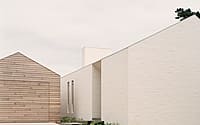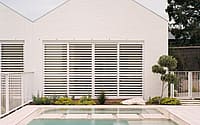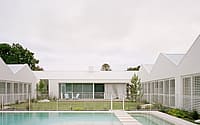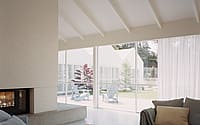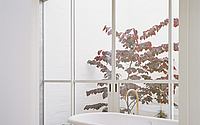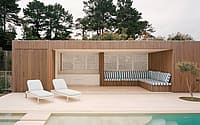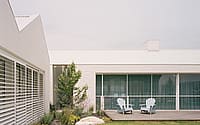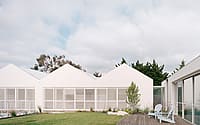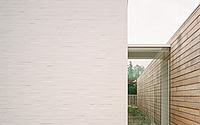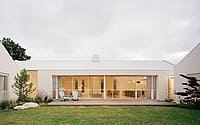Sorrento Beach House by Pandolfini Architects
Sorrento Beach House is a modern holiday home located in Port Phillip Bay, Australia, designed in 2019 by Pandolfini Architects.




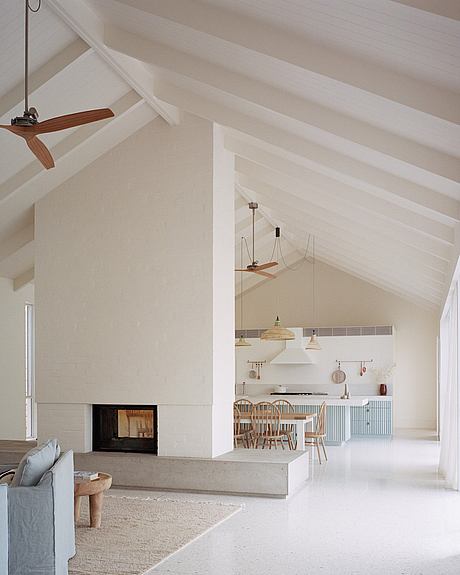
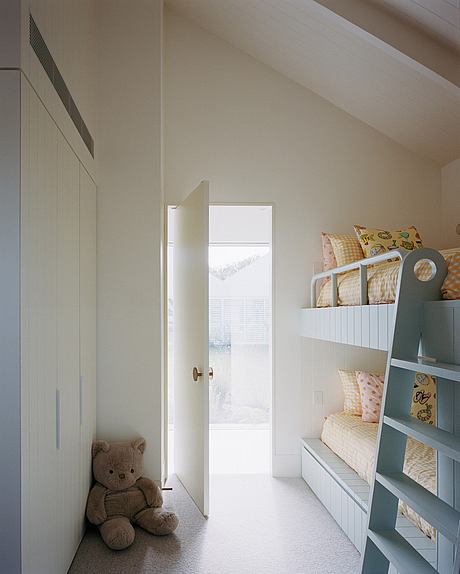


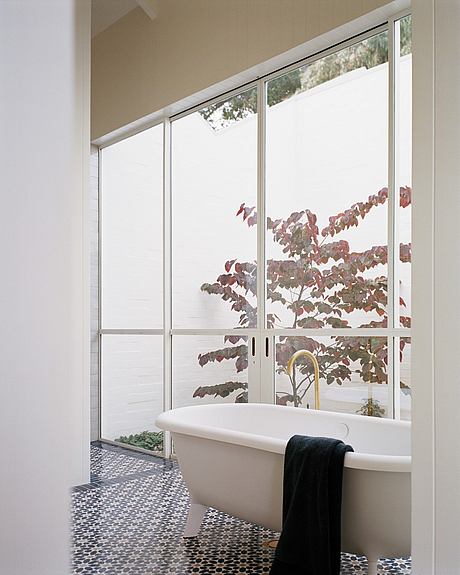
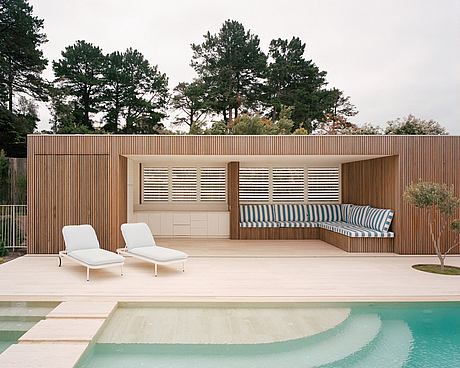

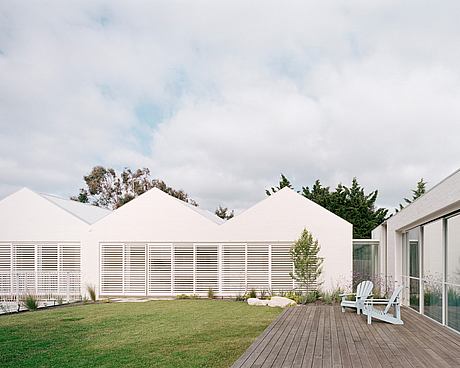
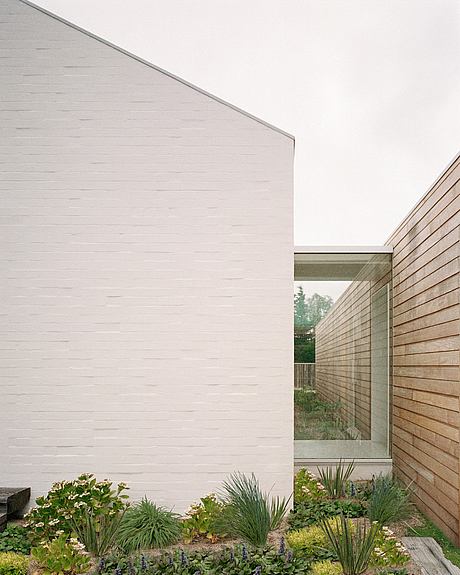
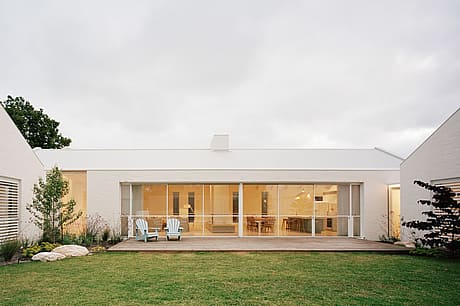
Description
Nestled amongst holiday homes on the edge of Port Phillip Bay, the Sorrento Beach House has been conceived with a nostalgia for the simple forms and materials of holiday homes of the past. Composed of five separate pavilions arranged around a central outdoor living space, the house eschews the competition for water views and focuses inwards, placing the theatre of holiday life center stage.
Designed for a young family with historic ties to the area, a series of private and communal spaces have been created which can be adapted as the family grows. The distributed plan and use of external shutters allow for strong visual connections between the spaces or autonomy as the need arises.
The single-level pavilions present an instantly recognizable silhouette, with their dispersal across the site allowing for extensive landscaping ensuring the house sits comfortably in its coastal setting. A reductive palette of weathered timber, bagged brickwork and corrugated roofing reinforces the simple gable roof forms while finely detailed glass bridges link the pavilions, accentuating the sense of transition and creating a strong connection with the outdoors.
The design of the landscape was instrumental in the project’s conception and while the primary focus of the house is the central communal garden, the plan creates a series of discreet outdoor spaces, each with its own audience and program.
Each pavilion maintains a compact footprint that is defined by generously pitched ceilings and cropped openings to curate the views. External materials flow inside were muted tones and textured finishes combined to create a relaxed and serene environment. Within each pavilion are smaller spaces of seclusion and retreat, often concealed behind timber paneled doors and with views to their own private garden.
Shallow floorplates provide for excellent cross ventilation and access to natural light, while the careful siting of the pavilions protects the central space from the coastal winds. Extensive onsite rainwater retention, a large array of solar panels, and the use of external shutters and ceiling fans minimize consumption.
Photography by Rory Gardiner
Visit Pandolfini Architects
- by Matt Watts